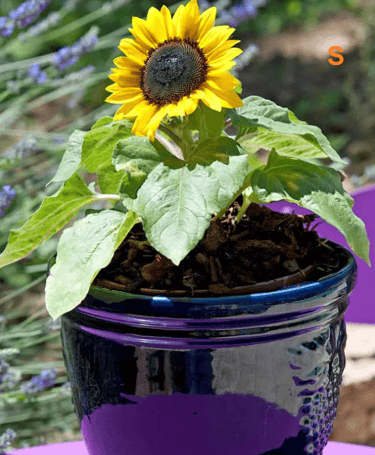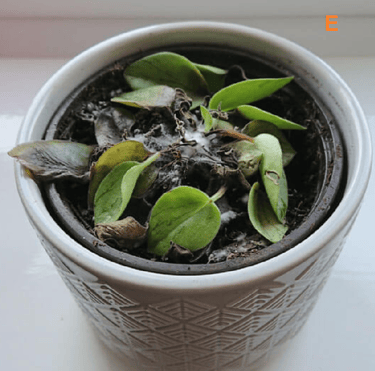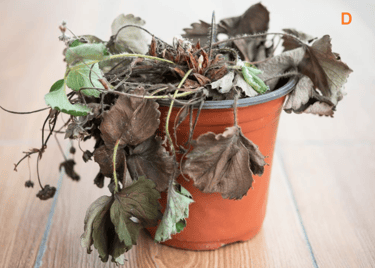It was a rainy season. Due to the heavy storm last night, the lid of the water tank got blown away in Bhumi’s house. So a lot of dust and soil got mixed in the water. As a result, muddy water was coming out of the tap. They got the lid repaired.
Bhumi asked her mother to use this dirty water for some other purposes and suggested to refill the water tank with fresh water once all the dirty water is used and the tank is cleaned.
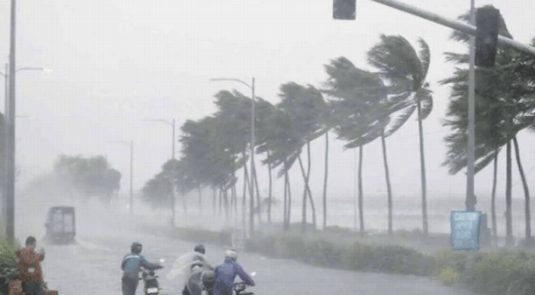
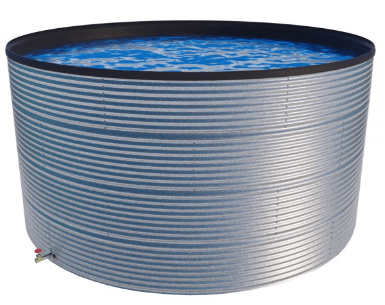
For which activities this dirty water can be used? What values are shown by Bhumi in her actions?
Bhumi asked her mother to use this dirty water for some other purposes and suggested to refill the water tank with fresh water once all the dirty water is used and the tank is cleaned.



Important Questions on Water
On a sunday morning Sanjana and Rahul were playing in the park with all their friends.

After a while, Rahul got thirsty and he went to a public tap in the park and drank water from it. But he didn't turn off the tap properly and left the tap dripping. Sanjana, on the other hand, drank water she brought from home and also turn off the dripping tap. What values are shown by Sanjana?
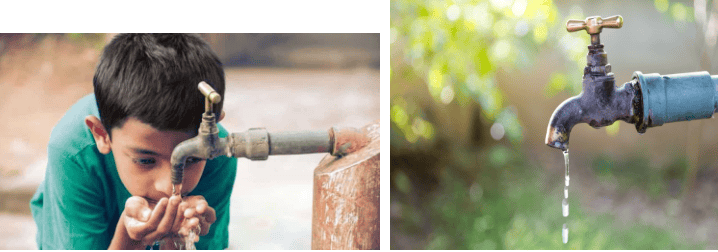
One day Ms. Shah, a science teacher explained about water cycle to her class students.
The process of conversion of water into vapour and vapour again to water is called the water cycle. It is also known as the hydrological cycle.
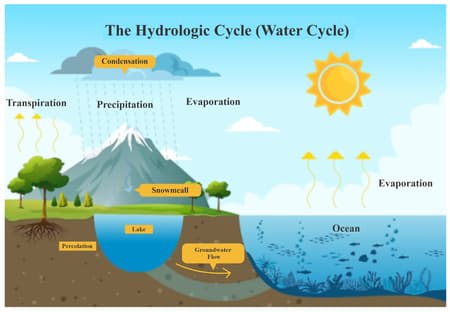
Riya had a doubt and asked Miss Shah, "What will happen if the water cycle in nature gets disturbed?"
Rakshit and his friends go to school on bicycles every day. The winters have arrived and the morning temperature of the city has decreased to about . Their school starts at o'clock so they leave their houses at about .
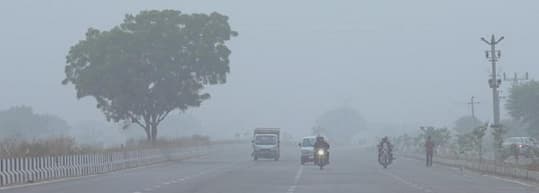
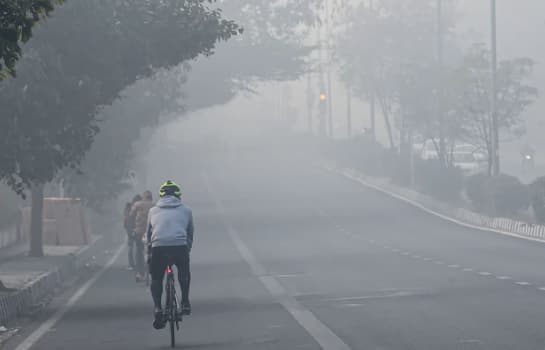
The other night Rakshit's father was listening to a news report about several accidents that took place that morning. What can be the reason behind this?
Rakshit's father has advised certain measures that would help them in tackling the weather challenges, could you think of some of these measures?
In year , many states of India suffered from floods which had caused a lot of casualties and damage. These states were Assam, Bihar, Uttar Pradesh and Kerala. Both natural resources and man-made infrastructure got destroyed.
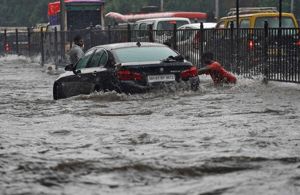
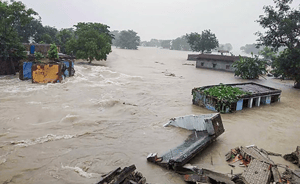
Floods are caused by heavy rains in some geographies, yet there are some towns and cities which are planned in such a way that heavy rains do not affect these localities much.
Could you point out some common grounds that cause frequent flooding in flood-prone areas? Also mention the ways we can control these in order to be more resilient to the destruction caused by such phenomena.
Sheikh knows that the boiling point of water is . It is a temperature at which water starts to change its state from liquid to gaseous and this process is known as evaporation. He saw her mother drying clothes in the shades so that their colour won't fade due to scorching sun.

He could not understand the incident that if the wet clothes will not be exposed to the sun, the water in the clothes will not be able to reach its boiling point and the clothes won't get dry.
Could you help Sheikh understand how the clothes dry in the shade?
The ocean is a vast source of water remarked Riya in her classroom, but still, we face a water crisis. To this Anay responded by saying that marine animals pollute the ocean water and make it unfit to utilize that water for domestic use.

Do you think Anay's response to Riya's remark is correct? If not, explain by giving reasons.
Antarctica is a continent that is known as a polar desert covered with ice and has only two seasons that is summer and winter. The continent is specified by its six months long day and night.

The most happening part of the water cycle that replenishes the fresh water on our earth is the rainfall that happens when clouds condense. Taking an account of the weather conditions of Antarctica, do you think it rains there?
Sneha planted three plants in three different pots namely E, D and S. She pours water twice a day into pot E such that the water overflows the pot. She pours a mug of water into pot D once in three days and a pot of water mug into pot S each day. She followed this routine for the next two months and observed the changes in the three plants. She noted that plants of pots D and E did not survive.
Why did plants D and E not survive? Can you explain?
